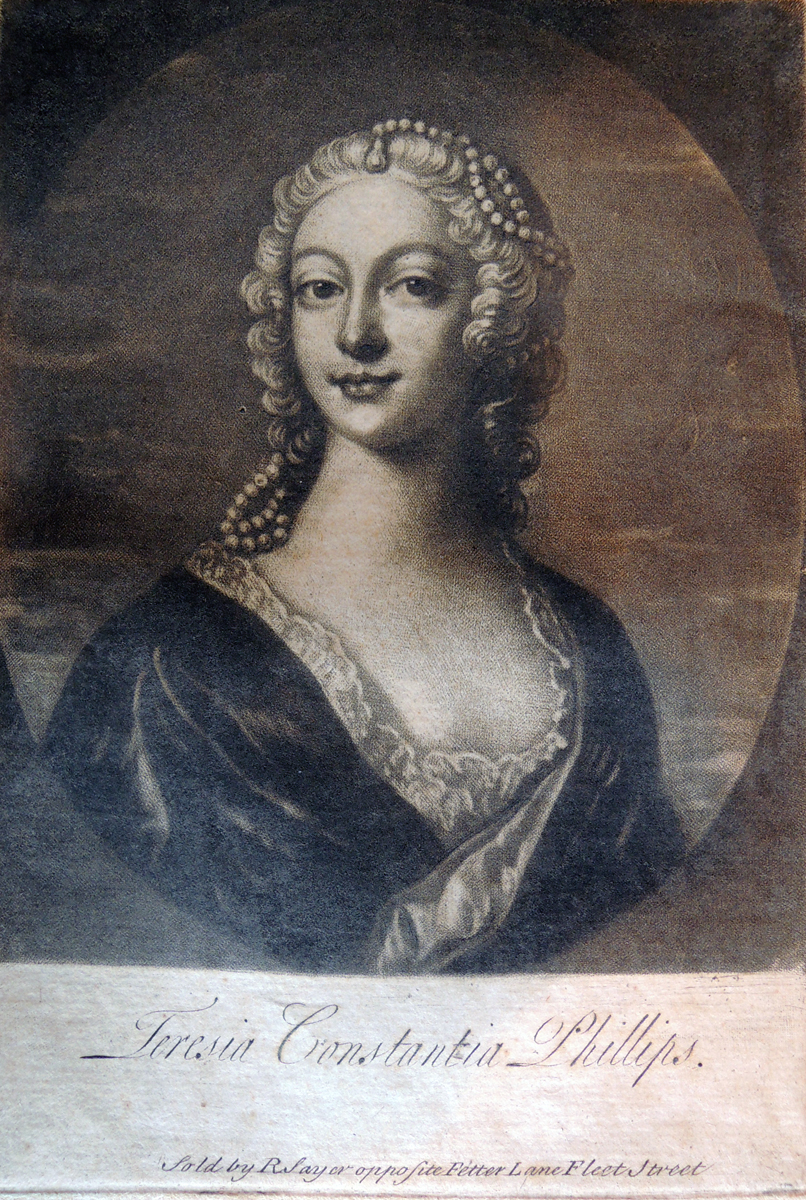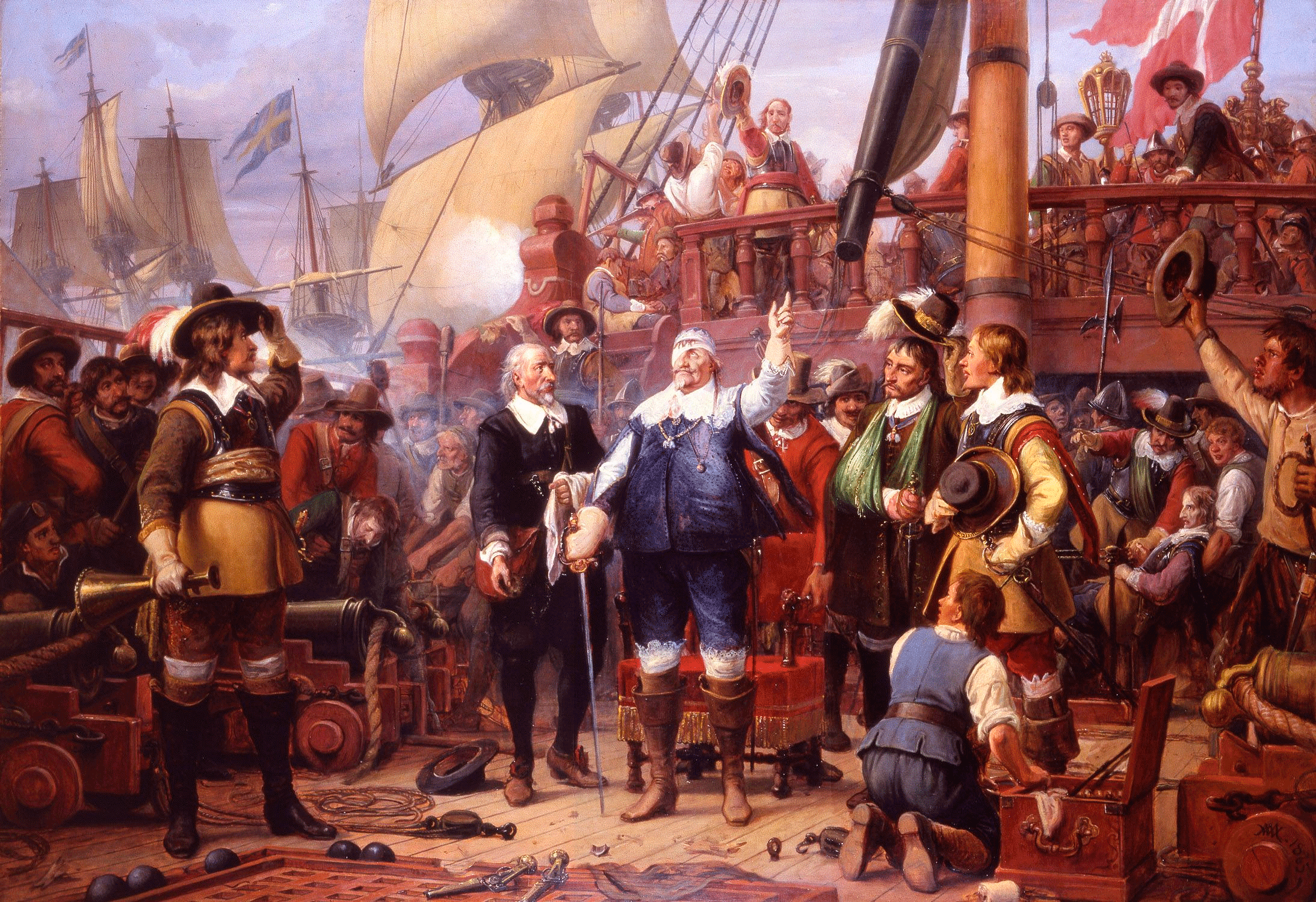|
Antoine Thomas
Antoine Thomas (25 January 1644 – 29 June 1709) was a Jesuit priest from the Spanish Netherlands, and missionary and astronomer in Qing China. His Chinese name was 安多. Early life Born in Namur, Belgium in 1644, Thomas joined the Society of Jesus (the Jesuits) in 1660 and first taught in the schools of Armentières, Huy and Tournai. Equipped with a thorough training in Mathematics and Astronomy he was sent, at his own request, as a missionary to China (1677). After a long and difficult sea journey - passing through Goa, Siam (Thailand), and Malacca - he reached Macau in 1682 just in time to observe an eclipse of the Sun (1683). At the Chinese imperial court Thomas was called by the ageing Father Ferdinand Verbiest, who had just found himself appointed 'vice-president of the Tribunal of Mathematics', (a very important and influential post in the Qing Empire of China), to join him in Beijing. After the death of Verbiest in 1688, Thomas took his place as the main mat ... [...More Info...] [...Related Items...] OR: [Wikipedia] [Google] [Baidu] |
Thomas - Synopsis Mathematica, 1685 - 4728508
Thomas may refer to: People * List of people with given name Thomas * Thomas (name) * Thomas (surname) * Saint Thomas (other) * Thomas Aquinas (1225–1274) Italian Dominican friar, philosopher, and Doctor of the Church * Thomas the Apostle * Thomas (bishop of the East Angles) (fl. 640s–650s), medieval Bishop of the East Angles * Thomas (Archdeacon of Barnstaple) (fl. 1203), Archdeacon of Barnstaple * Thomas, Count of Perche (1195–1217), Count of Perche * Thomas (bishop of Finland) (1248), first known Bishop of Finland * Thomas, Earl of Mar (1330–1377), 14th-century Earl, Aberdeen, Scotland Geography Places in the United States * Thomas, Idaho * Thomas, Illinois * Thomas, Oklahoma * Thomas, Oregon * Thomas, South Dakota * Thomas, Virginia * Thomas, Washington * Thomas, West Virginia * Thomas County (other) * Thomas Township (other) Elsewhere * Thomas Glacier (Greenland) Arts and entertainment * ''Thomas'' (Burton novel), a 1969 nove ... [...More Info...] [...Related Items...] OR: [Wikipedia] [Google] [Baidu] |
Nanjing
Nanjing or Nanking is the capital of Jiangsu, a province in East China. The city, which is located in the southwestern corner of the province, has 11 districts, an administrative area of , and a population of 9,423,400. Situated in the Yangtze River Delta, Nanjing has a prominent place in Chinese history and Chinese culture, culture, having served as the historical capitals of China, capital of various Dynasties in Chinese history, Chinese dynasties, kingdoms and republican governments dating from the 3rd century to 1949, and has thus long been a major center of culture, education, research, politics, economy, transport networks and tourism, being the home to Port of Nanjing, one of the world's largest inland ports. The city is also one of the fifteen sub-provincial city, sub-provincial cities in the People's Republic of China's Administrative divisions of the People's Republic of China, administrative structure, enjoying jurisdictional and economic autonomy only slightly les ... [...More Info...] [...Related Items...] OR: [Wikipedia] [Google] [Baidu] |
Jesuit Scientists
This is a list of Catholic clergy throughout history who have made contributions to science. These churchmen-scientists include Nicolaus Copernicus, Gregor Mendel, Georges Lemaître, Albertus Magnus, Roger Bacon, Pierre Gassendi, Roger Joseph Boscovich, Marin Mersenne, Bernard Bolzano, Francesco Maria Grimaldi, Nicole Oresme, Jean Buridan, Robert Grosseteste, Christopher Clavius, Nicolas Steno, Athanasius Kircher, Giovanni Battista Riccioli, and William of Ockham. The Catholic Church has also produced many List of Catholic scientists, lay scientists and mathematicians. The Jesuits in particular have made numerous significant contributions to the development of science. For example, the Jesuits have dedicated significant study to earthquakes, and seismology has been described as "the Jesuit science." The Jesuits have been described as "the single most important contributor to experimental physics in the seventeenth century." According to Jonathan Wright (historian), Jonathan Wri ... [...More Info...] [...Related Items...] OR: [Wikipedia] [Google] [Baidu] |
Jesuit Missionaries In China
The Society of Jesus (; abbreviation: S.J. or SJ), also known as the Jesuit Order or the Jesuits ( ; ), is a religious order of clerics regular of pontifical right for men in the Catholic Church headquartered in Rome. It was founded in 1540 by Ignatius of Loyola and six companions, with the approval of Pope Paul III. The Society of Jesus is the largest religious order in the Catholic Church and has played significant role in education, charity, humanitarian acts and global policies. The Society of Jesus is engaged in evangelization and apostolic ministry in 112 countries. Jesuits work in education, research, and cultural pursuits. They also conduct retreats, minister in hospitals and parishes, sponsor direct social and humanitarian works, and promote ecumenical dialogue. The Society of Jesus is consecrated under the patronage of Madonna della Strada, a title of the Blessed Virgin Mary, and it is led by a superior general. The headquarters of the society, its general curia, i ... [...More Info...] [...Related Items...] OR: [Wikipedia] [Google] [Baidu] |
People From Namur (city)
The term "the people" refers to the public or common mass of people of a polity. As such it is a concept of human rights law, international law as well as constitutional law, particularly used for claims of popular sovereignty. In contrast, a people is any plurality of persons considered as a whole. Used in politics and law, the term "a people" refers to the collective or community of an ethnic group or nation. Concepts Legal Chapter One, Article One of the Charter of the United Nations states that "peoples" have the right to self-determination. Though the mere status as peoples and the right to self-determination, as for example in the case of Indigenous peoples There is no generally accepted definition of Indigenous peoples, although in the 21st century the focus has been on self-identification, cultural difference from other groups in a state, a special relationship with their traditional territ ... (''peoples'', as in all groups of indigenous people, not mere ... [...More Info...] [...Related Items...] OR: [Wikipedia] [Google] [Baidu] |
1709 Deaths
In the Swedish calendar it was a common year starting on Friday, one day ahead of the Julian and ten days behind the Gregorian calendar. Events January–March * January 1 – Battle of St. John's: The France, French capture St. John's, Newfoundland and Labrador, St. John's, the capital of the Kingdom of Great Britain, British colony of Newfoundland. * January 6 – Western Europe's Great Frost of 1709, the coldest period in 500 years, begins during the night, lasting three months, with its effects felt for the entire year.Pain, Stephanie.1709: The year that Europe froze" ''New Scientist'', 7 February 2009. In France, the Atlantic coast and Seine River freeze, crops fail, and 24,000 Parisians die. Floating ice enters the North Sea. * January 10 – Abraham Darby I successfully produces cast iron using coke (fuel), coke fuel at his Coalbrookdale blast furnace in Shropshire, England. * February 1 or February 2, 2 – During his first voyage, Captain Woode ... [...More Info...] [...Related Items...] OR: [Wikipedia] [Google] [Baidu] |
1644 Births
It is one of eight years (CE) to contain each Roman numeral once (1000(M)+500(D)+100(C)+(-10(X)+50(L))+(-1(I)+5(V)) = 1644). Events January–March * January 22 – The Royalist Oxford Parliament is first assembled by King Charles I of England. * January 26 – First English Civil War: Battle of Nantwich – The Parliamentarians defeat the Royalists, allowing them to end the 6-week siege of the Cheshire town. * January 30 **Dutch explorer Abel Tasman departs from Batavia in the Dutch East Indies (modern-day Jakarta in Indonesia) on his second major expedition for the Dutch East India Company, to map the north coast of Australia. Tasman commands three ships, ''Limmen'', ''Zeemeeuw'' and ''Braek'', and returns to Batavia at the beginning of August with no major discoveries. ** Battle of Ochmatów: Polish–Lithuanian Commonwealth forces under hetman Stanisław Koniecpolski secure a substantial victory over the horde of Crimean Tatars under Tug ... [...More Info...] [...Related Items...] OR: [Wikipedia] [Google] [Baidu] |
Roman Catholicism In China
The Catholic Church ( zh, p=Tiānzhǔ jiào, c=天主教, l=Religion of the Lord of Heaven, after the Chinese term for the Christian God) first appeared in China upon the arrival of John of Montecorvino in China proper during the Yuan dynasty; he was the first Catholic missionary in the country, and would become the first bishop of Khanbaliq (1271–1368). After the Chinese Communist Party (CCP) won the Chinese Civil War, Catholic and Protestant missionaries were expelled from the country. In 1957, the communist government established the Chinese Catholic Patriotic Association (CCPA) in Beijing, which rejects the authority of the Holy See and appoints its own preferential bishops. In September 2018, China and the Holy See reached a provisional agreement giving the Pope the power to veto any bishop which the Chinese government recommends. The parties have extended the provisional agreement twice, most recently in October 2024. Chinese terms Terms used to refer to God in C ... [...More Info...] [...Related Items...] OR: [Wikipedia] [Google] [Baidu] |
Jesuit China Missions
The history of the missions of the Jesuits in China is part of the history of Foreign relations of China, relations between China and the Western world. The missionary efforts and other work of the Society of Jesus, or Jesuits, between the 16th and 17th century played a significant role in continuing the transmission of knowledge, science, and culture between China and the West, and influenced Christianity in China, Christian culture in Chinese society today. The first attempt by the Jesuits to reach China was made in 1552 by Francis Xavier, St. Francis Xavier, Navarrese priest and missionary and founding member of the Society of Jesus. Xavier never reached the mainland, dying after only a year on the Chinese island of Shangchuan. Three decades later, in 1582, Jesuits once again initiated Mission (Christian), mission work in China, led by several figures including the Italian Matteo Ricci, introducing Western science, mathematics, astronomy, and visual arts to the Chinese imperial ... [...More Info...] [...Related Items...] OR: [Wikipedia] [Google] [Baidu] |
Christianity In China
Christianity has been present in China since the early medieval period, and became a significant presence in the country during the early modern era. The Church of the East appeared in China in the 7th century, during the Tang dynasty. Catholic Church in China, Catholicism was one of the religions patronized by the emperors of the Mongol-led Yuan dynasty, but it did not take root in China until its Jesuit missions in China, reintroduction by the Jesuits during the 16th century. Beginning in the early 19th century, Protestant missions in China attracted small but influential followings, and independent Chinese churches were also established. Accurate data on Chinese Christians is difficult to access. There were some 4 million before 1949 (3 million Catholics and 1 million Protestants). The number of Chinese Christians had increased significantly since the easing of restrictions on religious activities during the Chinese economic reform, economic reforms of the late 1970s. In 2018, ... [...More Info...] [...Related Items...] OR: [Wikipedia] [Google] [Baidu] |
Religion In China
Religion in China is diverse and most Chinese people are either non-religious or practice a combination of Buddhism and Taoism with a Confucian worldview, which is collectively termed as Chinese folk religion. The People's Republic of China is officially an atheist state, but the government formally recognizes five religions: Buddhism, Taoism, Christianity (Catholicism and Protestantism are recognized separately), and Islam. In the early 21st century, there has been increasing official recognition of Confucianism and Chinese folk religion as part of China's cultural heritage. All religious institutions in the country are required to uphold the leadership of the Chinese Communist Party, implement Xi Jinping Thought, and promote the sinicization of religion. According to 2021 estimates from the CIA World Factbook, 52.1% of the population is unaffiliated, 21.9% follows Chinese Folk Religion, 18.2% follows Buddhism, 5.1% follow Christianity, 1.8% follow Islam, and 0.7% fol ... [...More Info...] [...Related Items...] OR: [Wikipedia] [Google] [Baidu] |








